Current Breast Cancer Treatment Options

Surgery
Surgery is often the first line of treatment for breast cancer. It involves the removal of the tumor and surrounding tissues and can be categorized into:
- Lumpectomy: Removal of the tumor and a small margin of surrounding tissue.
- Mastectomy: Removal of the entire breast. Variants include total mastectomy, radical mastectomy, and skin-sparing mastectomy.
- Sentinel Lymph Node Biopsy: Removal of one or a few lymph nodes to check for cancer spread.
- Axillary Lymph Node Dissection: Removal of multiple lymph nodes in the underarm area.
- Women with considerable previous abdominal surgery or abdominal radiation
Radiotherapy
Radiotherapy uses high-energy rays to target and kill cancer cells. It is typically administered after surgery to eliminate any remaining cancer cells and reduce the risk of recurrence.
Types of radiotherapy include:
- External Beam Radiation: Most common, where radiation is directed at the breast from a machine outside the body.
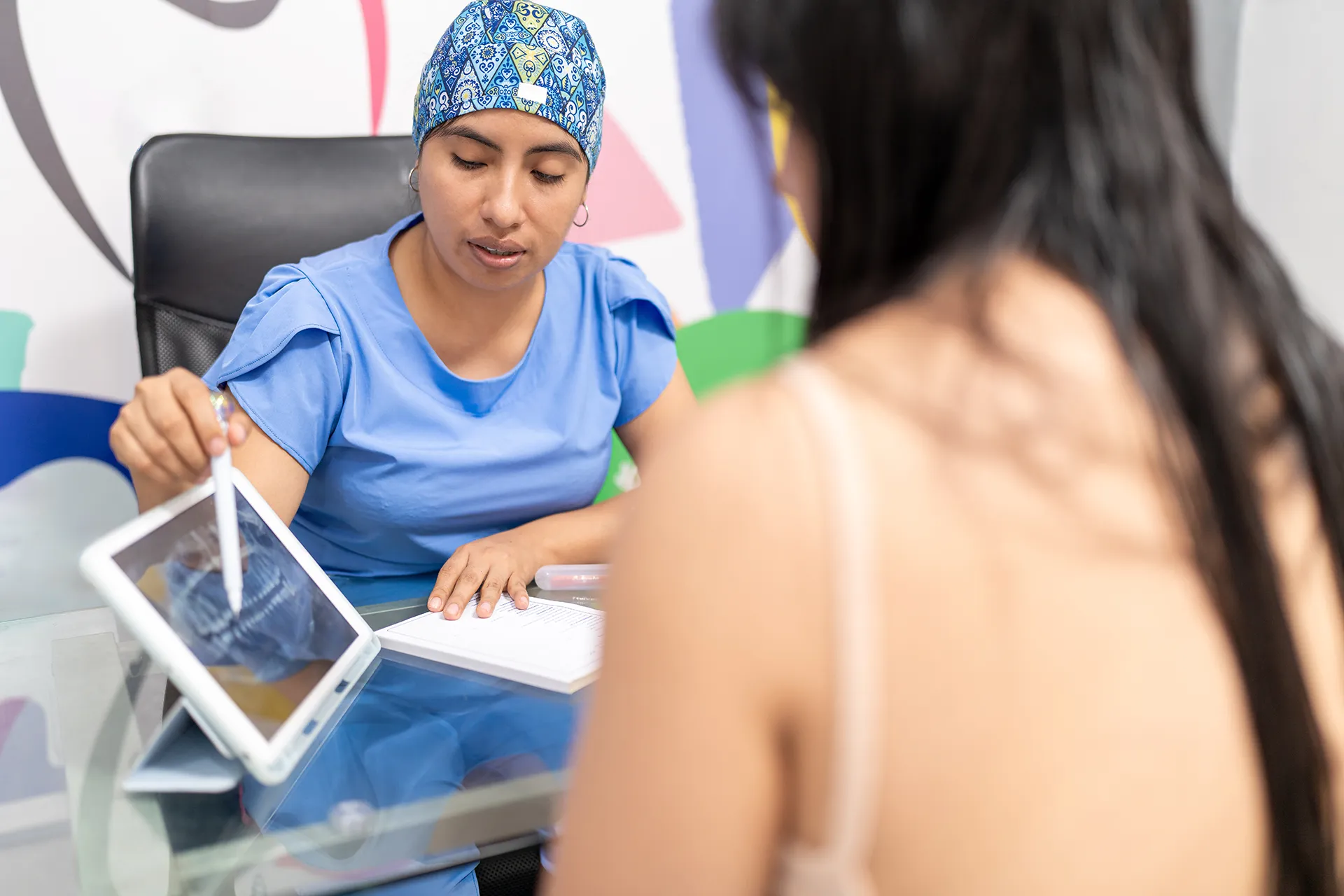

Hormone Therapy
Hormone therapy, or endocrine therapy, is used for hormone receptor-positive breast cancers. It blocks the body’s ability to produce hormones or interferes with the effects of hormones on breast cancer cells. Common treatments include:
- Tamoxifen: Blocks estrogen receptors on breast cancer cells.
- Aromatase Inhibitors: Reduce estrogen levels in postmenopausal women by blocking the enzyme aromatase. Examples include anastrozole, letrozole, and exemestane.
- Ovarian Suppression: In premenopausal women, ovarian suppression can be achieved through surgery, radiation, or medication to stop the ovaries from producing estrogen.
Chemotherapy Treatments
Chemotherapy uses drugs to kill cancer cells or stop their growth. It can be classified into two categories based on the timing of administration:
Neoadjuvant Chemotherapy
Neoadjuvant chemotherapy is given before surgery to shrink tumors, making them easier to remove and allowing for less extensive surgery. Benefits include:
- Reducing the size of the tumor.
- Assessing the tumor's response to treatment.
- Possibly improving surgical outcomes.
Adjuvant Chemotherapy
Adjuvant chemotherapy is administered after surgery to eliminate any remaining cancer cells and reduce the risk of recurrence. It is often used when there is a higher risk of cancer returning based on factors like tumor size, lymph node involvement, and hormone receptor status.
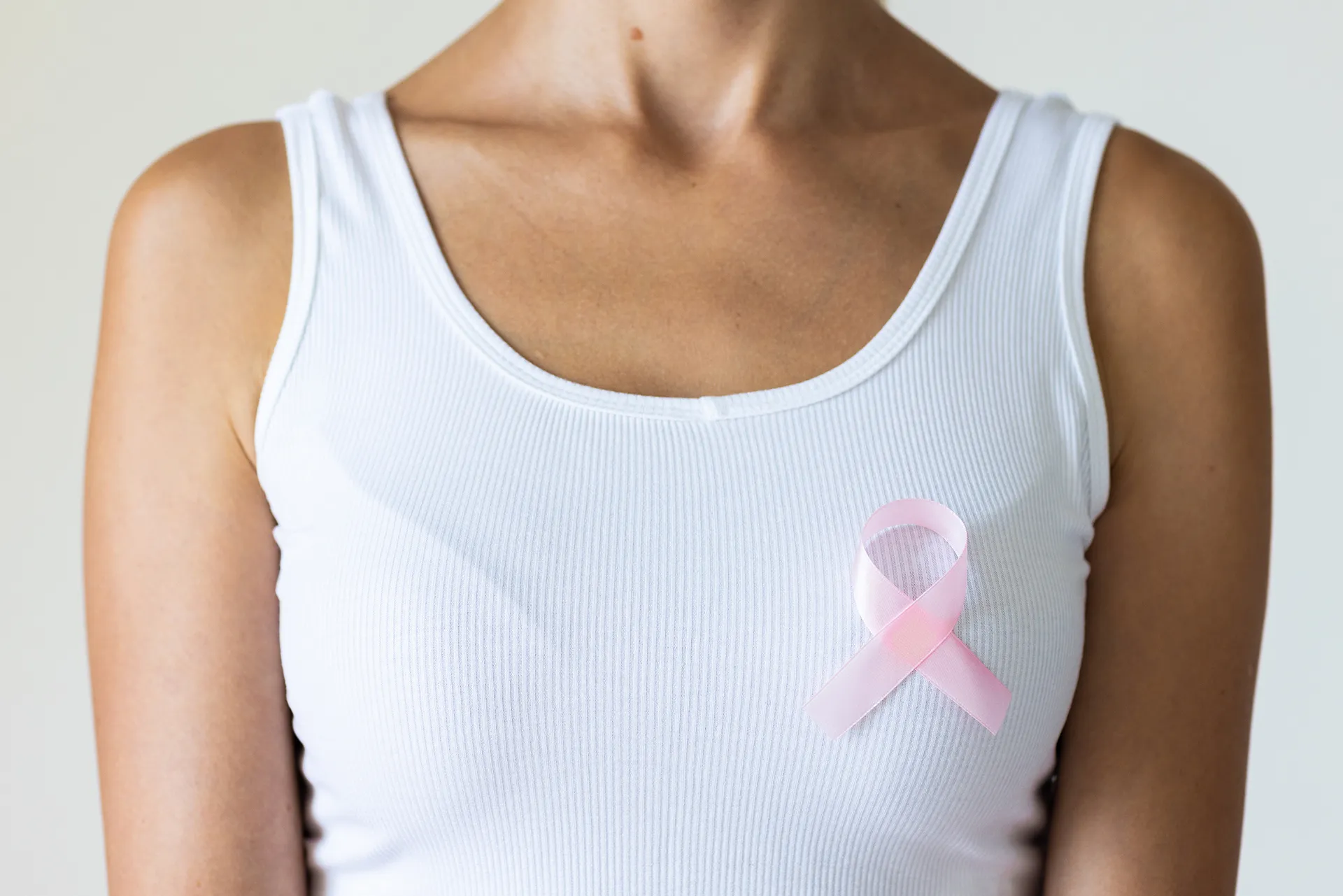
New Classes of Drugs

CDK4/6 Inhibitors
CDK4/6 inhibitors are a class of drugs that inhibit cyclin-dependent kinases 4 and 6, which are involved in cell division. These drugs help control the growth of hormone receptor-positive, HER2-negative breast cancer.
Examples include:
- Palbociclib (Ibrance)
- Ribociclib (Kisqali)
- Abemaciclib (Verzenio)
These drugs are often used in combination with hormone therapy.
Immunotherapy
Immunotherapy enhances the body’s immune system to fight cancer. For breast cancer, immunotherapy is mostly used for triple-negative breast cancer (TNBC). The primary immunotherapy drug for breast cancer is:
- Pembrolizumab (Keytruda): A PD-1 inhibitor used in combination with chemotherapy for metastatic or unresectable TNBC.
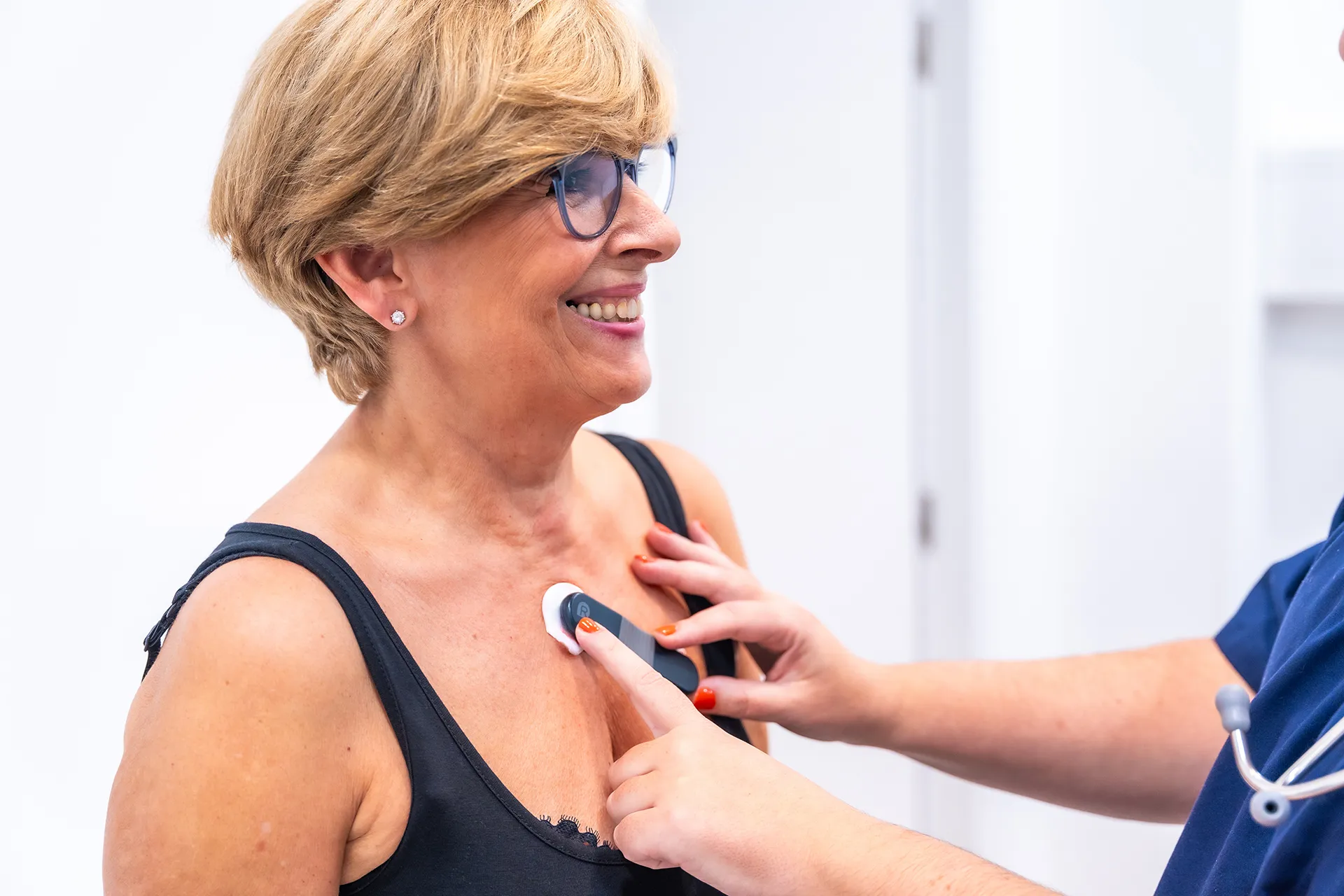
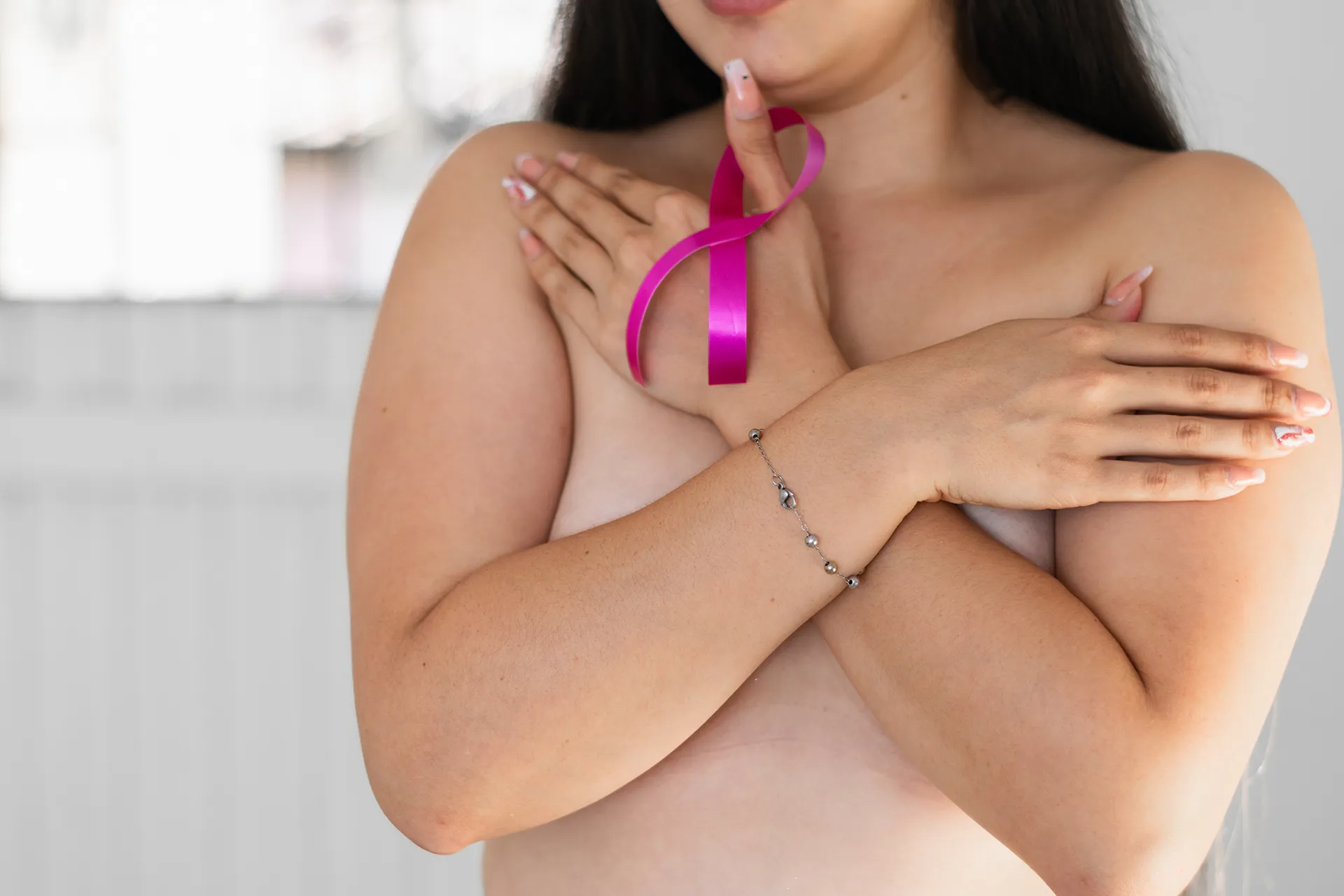
Anti-HER2 Drugs
HER2-positive breast cancer overexpresses the HER2 protein, promoting cancer cell growth. Anti-HER2 drugs target this protein.
Examples include:
- Trastuzumab (Herceptin): Monoclonal antibody that binds to the HER2 receptor.
- Pertuzumab (Perjeta): Another monoclonal antibody that binds to a different part of the HER2 receptor, often used in combination with trastuzumab.
- Ado-Trastuzumab Emtansine (Kadcyla): A conjugate of trastuzumab and a chemotherapy drug (DM1), providing targeted delivery of chemotherapy to HER2-positive cancer cells. It is used primarily in the adjuvant setting after surgery for patients who still have residual disease despite neoadjuvant therapy.
These treatments have significantly improved outcomes for patients with HER2-positive breast cancer.


